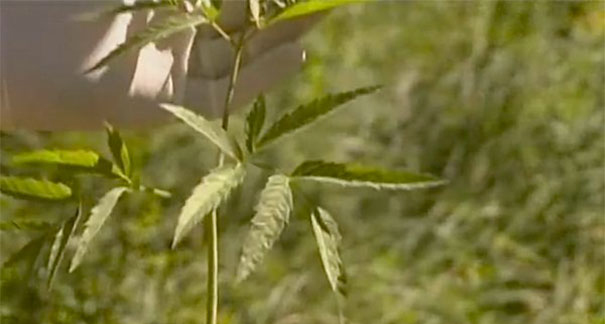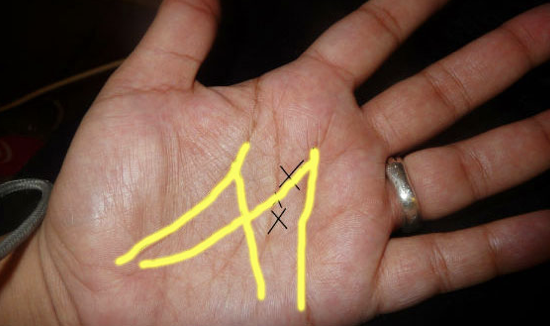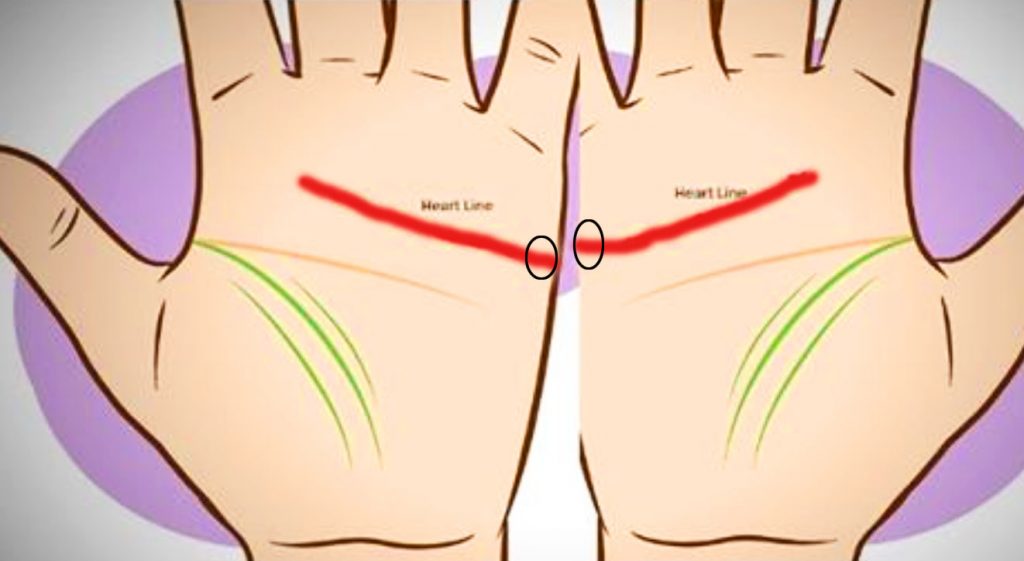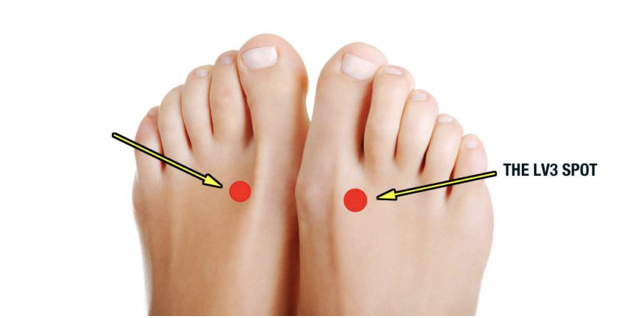3 Toxic Chemicals Are Found In Almost Every Home. But THESE 8 Plants Will Purify The Air You Breathe!
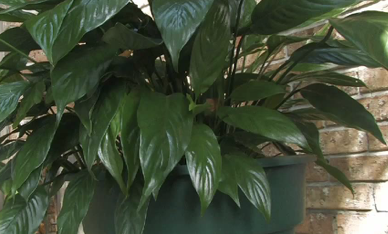
image via – youtube.com
Until I came upon the video you are about to watch below, I had no idea that air pollution that exists inside our homes is far more concentrated and dangerous for us, than outdoor pollution! This indoor pollution, according to the American Lung Association, is often overlooked and is caused by dangerous chemicals that can be found in almost every home.
The three most dangerous chemicals are: formaldehyde, benzene and trichloroethylene. These pollutants are often found in carpets, plastics and cleaning supplies, and exacerbate or cause allergies and asthma. So that’s the bad news. The good news is that a recent study by NASA revealed that there is a natural and esthetically pleasing way to detoxify the air in your home…a select group of POTTED PLANTS!
Some plants that do the trick in getting rid of pollutants are:
SPIDER PLANTS which get rid of formaldehyde; DRACAENA PLANT; FICUS TREES which eliminate benzene in the air; PEACE LILY which eradicates ammonia and other chemicals; RUBBER PLANTS removes carbon monoxide; BOSTON FERNS; POT MUMS and ENGLISH IVY.
These and other common potted plants will be discussed in the upcoming video, and will further explain how important it is for your respiratory health, to keep plants in your indoor environment. Let us know what you think and whether you will add more plants inside your homes.
Do you have these plant inside your house?
Please SHARE this with your family and friends
You Won’t Get Poison Ivy Again Even If You Come Into Contact With It After You Learn THIS Trick
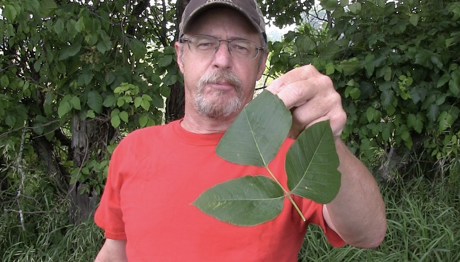
Poison ivy earned its foreboding name because the vines of the plant creep and climb up things and can be highly toxic to humans when they come into contact with skin. When that occurs most people develop an allergic reaction and an extremely itchy, painful, uncomfortable rash breaks out!
While a small minority of people have a high threshold for poison ivy and never develop a reaction, most others are highly sensitive to it. If they make even slight contact with the plant, like barely brush against it, they are bound to break out. That’s why the best way to prevent a poison ivy rash is to avoid the plant in the first place, but that’s not always possible. If and when you ever do come into contact with poison ivy down the line, you need to know the following information. It can help minimize your risks and save you a lot of pain!
First off, poison ivy reactions are caused by urushiol which is found on the stems and leaves. Urushiol is an oily resin that sticks to everything and so whatever comes into contact with the oil can further spread it all around. Say for example you drive over poison ivy plants, it will get on the tires and then if you touch the tires it can get on your skin. Other more common items that urushiol may contaminate are gardening tools, rakes, chainsaws, and clothing.
Next, if you ever think you may have touched poison ivy then you need to know Jim Brauker’s tip on how to minimize the potential of it turning into a gross, nasty rash. The scientist and wildlife enthusiast explains the best technique for this and demonstrates it himself in the accompanying video. He explains that if you come into contact with poison ivy you need to wash the oil off your skin within 2-8 hours. The sooner you wash the better and even if you’re unsure about whether or not you got any oil on you, wash the area no matter what. Use cold water, soap, and a washcloth to help get it completely off your skin.
The key to this trick is a washcloth, so make sure you use one, because it provides the friction necessary to scrub and lift the oil off your body. Use it on all contaminated areas and a loofah or towel will also work just as well at picking up and removing the oil. As for soap, it doesn’t matter what kind you use, but never wash with hot water!! It causes pores to open up and that will allow the urushiol in.
Poison ivy rashes are no laughing matter and in a perfect world we’d all avoid the plant in the first place. To help you do that, here’s what you need to know on how to identify it:
“Leaves of three, let them be. Leaves of five, let them thrive.” The first half of this old saying is a helpful way to remember how to identify a poison ivy plant, the second part serves to prevent other similar looking vine-type plants from being confused or wrongly associated with it. Other sayings provide more details on how to identify the plant, two of which include; “longer middle stem, don’t touch them” and “hairy vine, no friend of mine.” Out of the three total leaves it’s the middle one that has the longest stem and the vines will have tons of small ‘hairs’ that help it stick to things as it climbs. This is important to know since the leaves die and fall off in the fall/winter but the stems, roots, and vines can still all give you a rash because they also contain urushiol oil. Other things to look for are glossy leaves with smooth or toothed edges and in late summer the plants sometimes grow white berry clusters.
Hopefully you never have to use Jim Brauker’s poison ivy removal method, but if you do you’ll be glad you took the time to check his video out! Pass this tip on to the gardeners, hikers, nature enthusiasts, and the people most likely to run into poison ivy in your life, and stay safe!
Please Share This Trick With Family and Friends
This House Plant Will Prevent Spiders Mice and Other Creepy Critters From Coming In Your Home.

No one likes seeing mice, spiders, or other creepy little pests inside the house. When you spot something crawling around it can leave you feeling uncomfortable in your own home, especially if you happen to suffer from arachnophobia. Even if you are not one of the estimated 3.5 to 6.1% of the population that is deathly afraid of spiders (source: Wikipedia), you likely don’t want bugs and mice hanging around where you live and sleep at night.
Fortunately there is a simple and effective way to naturally keep unwanted critters out and away from your home. You don’t need to use any gruesome mousetraps, poisons, or toxic chemical sprays. Instead, just use some peppermint, it’s totally safe for humans and non-toxic so if you have children you don’t have to worry about them being harmed. Peppermint is widely available, inexpensive, all-natural, and mice and spiders absolutely hate the smell of it. If they get a whiff they’ll turn right around and head back the way they came from!
For a first line of defense against pests you can plant peppermint all around your house. This acts as a natural barrier to keeping mice at bay, plus it smells wonderful and compliments a garden. You can also use the peppermint spray that’s covered below and in the accompanying video to treat patios, decks, and other outdoor spaces with.
For inside your house there are a couple of things you can do with peppermint. One method is to fill a clean sock with a bunch of dried peppermint and place it strategically around your house in places wherever mice can get in.
The second way to make a natural pest repellent is to brew up a simple batch of peppermint tea. Take a pot of hot water and drop in a handful or two of dried peppermint. Allow it to sit for awhile before straining all of the peppermint out. Finally, place the peppermint infused water into a spray bottle and mist it around any interior spaces like closets, cabinets, carpets, even on clothing. Focus on doors and windows and enjoy the fresh, clean, minty smell!
Please Share This With Family and Friends
This Dog Died An Hour After Eating This Common Yet Very Deadly Plant. Everyone Should See THIS
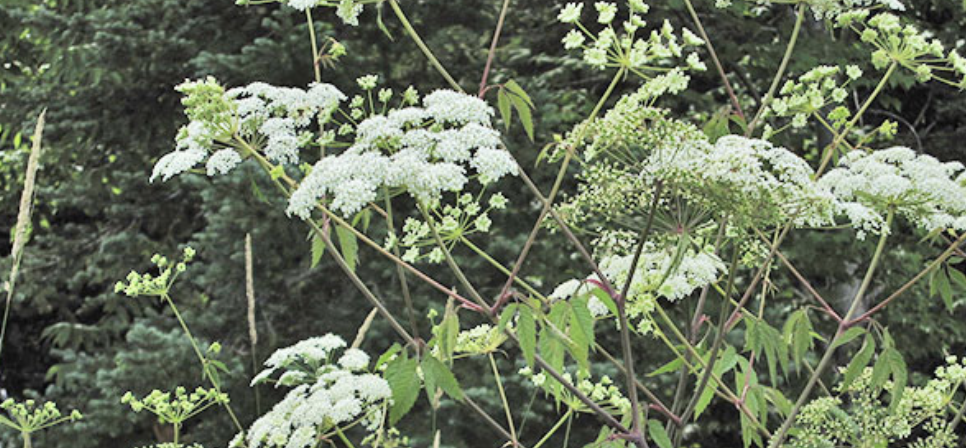
There is a renewed sense of urgency in spreading the word about a very common, dangerous and deadly plant that can kill a dog within an hour if any part of it is consumed. Water hemlock is the plant that is responsible for the recent death of a 3 year old Border Collie in Colorado, and it poses a risk to all animals as well as humans. The dog was out playing at Horsetooth Reservoir when she ate the plant, which is known as one of the most toxic plants in all of America. Soon after ingesting it she started panting and her tongue was hanging out, then she lost her motor functions and couldn’t stand up, within 60 minutes she had passed away. The shocking death has many pet owners and lovers on edge, since the water hemlock plant is so widespread and common in North America, yet not many people know about its extreme deadliness.
The plant is most often found around moist, wet areas such as lakes, marshes, rivers, ditches, and streams. It sports serrated green leaves with sharply toothed edges and in the springtime it flowers with green or white petal blossoms that appear shaped as an umbrella.
While dogs are not drawn to the plant they could chew on it, plus owners and the public in general should be aware of the danger it poses. Even a large dog who eats just a few leaves can die within two hours, and smaller ones often succumb to it’s toxic effects much quicker. In some instances dogs have been poisoned by hemlock roots that were soaking in water and thus had contaminated it. Symptoms from water hemlock poisoning in dogs show up within minutes after they ingest it and include dilated pupils, seizures, twitching, and drooling. Eventually the dog becomes paralyzed and soon after death sets in, so it’s vitally important to get the dog to a veterinarian quickly. They need to induce vomiting as soon as possible and get the toxic poison out of the dog’s system.
Please Share Information This With Family and Friends, It Could Save a Life!
After Watching This Simple Trick You Will Never Get Poison Ivy Again Even After Touching It!
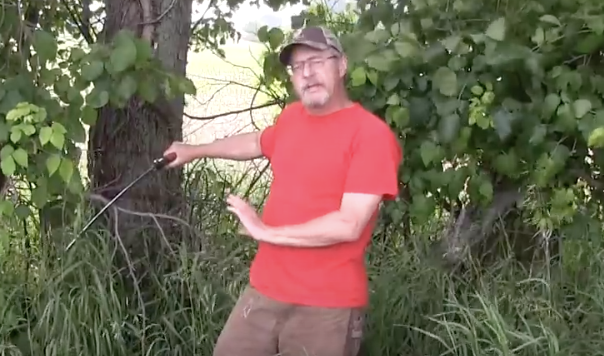
Poison ivy rashes are no laughing matter. They can be extremely uncomfortable, itchy, and painful. While some people have a high threshold for poison ivy and never develop a reaction, others are very sensitive to it and even the slightest contact with the plant makes them break out.
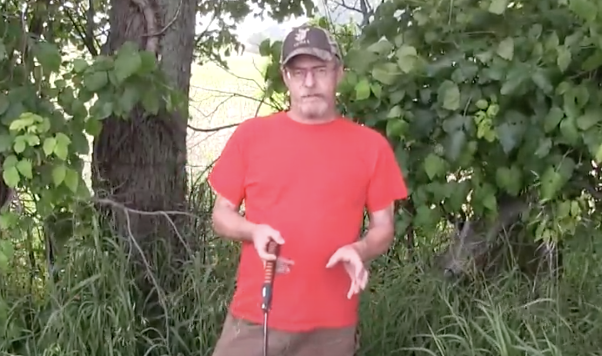
The best way to avoid a rash is to avoid the pant, but that’s not always feasible. Poison ivy reactions are caused by urushiol, an oily resin, that’s found on the stems and leaves of the plant. Whatever comes into contact with the oil can further spread it.
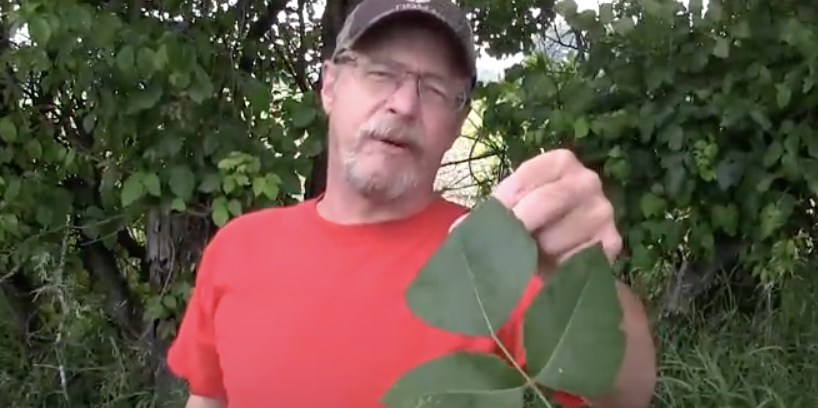
For example, if you drive over some plants it will get on the tires, then if you touch the tires it can get on your skin. Other common things that it may contaminate are gardening tools, rakes, chainsaws, tires, and clothing.
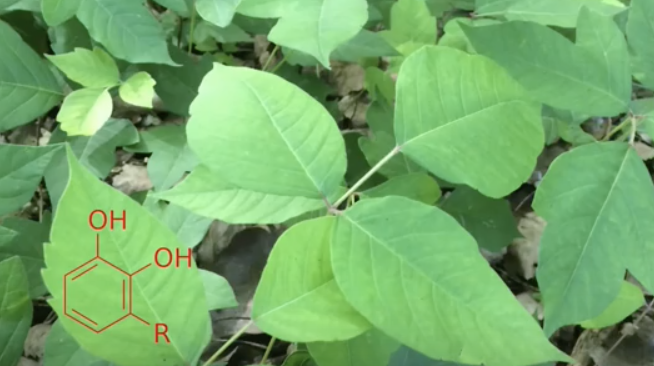
In this video, scientist and wildlife enthusiast Jim Brauker explains the best technique for minimizing your chances of developing a nasty rash. He says that if you ever do come into contact with poison ivy, or suspect you may have, then you need to wash the oil off your skin within 2-8 hours, the sooner the better.
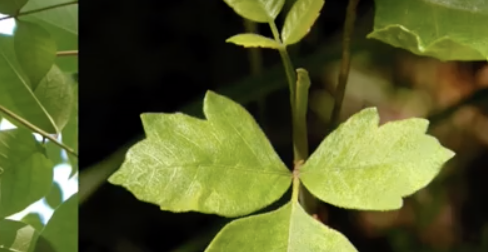
You should use cold water, soap, and a washcloth to help get it completely off your body. The key is to use a washcloth, which provides the necessary friction, on all possibly contaminated areas of your body. A washcloth, loofah, or towel is what works best to pick up and remove all of the oil.
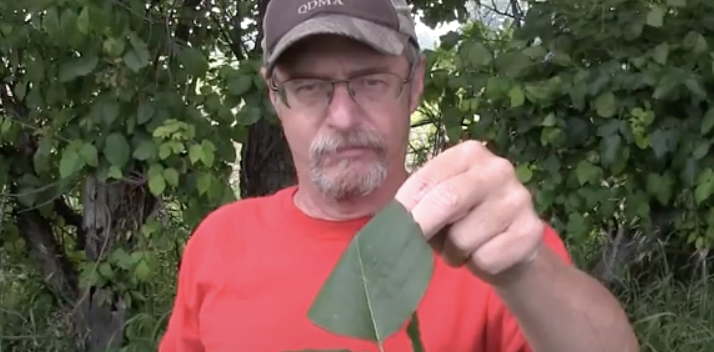
It doesn’t matter what soap you use but never wash with hot water since it opens up pores and allows the urushiol in. Ideally, you should try to avoid the plant in the first place, so you need to know how to identify it. “Leaves of three, let them be.
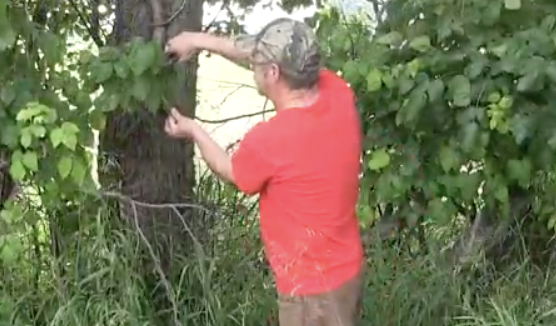
Leaves of five, let them thrive.” The first part of this old saying provides a helpful way to remember how to identify a poison ivy plant, and thus avoid it. The second part serves to help prevent other similar looking vine plants from wrongly being associated or confused with poison ivy.

There are additional sayings which provide more details and definitive ways to identify the plant, they include “longer middle stem, don’t touch them” and “hairy vine, no friend of mine.” Out of the three leaves the middle one sports a longer stem than the two side ones and the vines have lots of small ‘hairs’ that it uses to stick to things as it climbs.
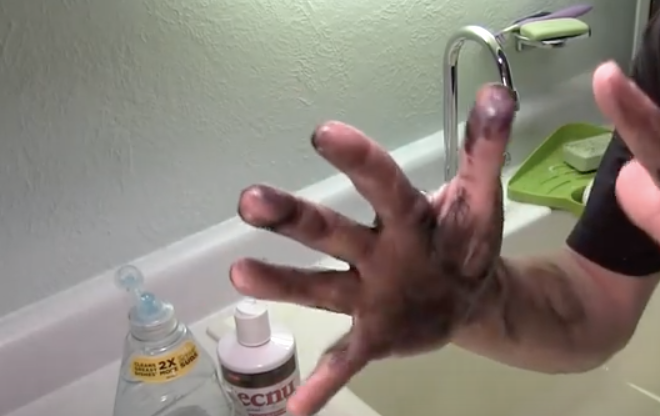
That’s important to know because the leaves fall off in the fall/winter but the stems, roots, and vines can still all give you a rash because they too contain the urushiol oil. Other things to look for are glossy leaves with smooth or toothed edges and in late summer the plants sometimes grow white berry clusters.
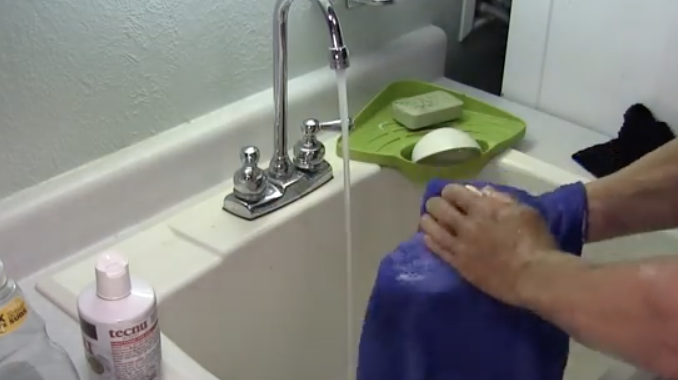
Please Share This Poison Ivy Trick With Family and Friends
This Guy Was Hiking In The Woods And Decided To Touch This Plant.The Result Has Him Screaming!
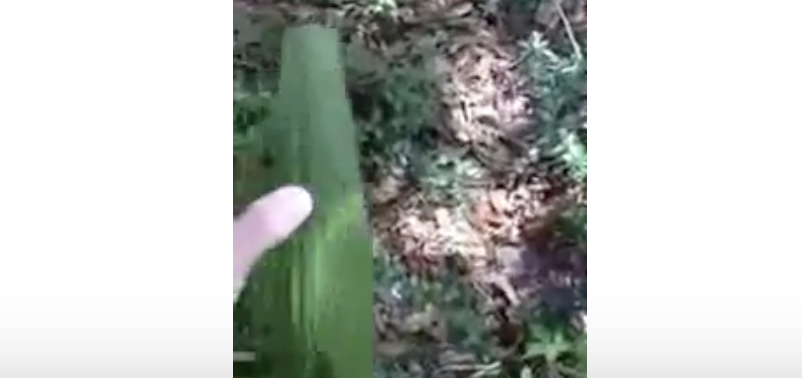
Strange things are happening in the Carolina woods! Unexplainable forces are working their dark magic to manipulate and control life. Video evidence documenting an eerie encounter with a creepy plant has been found and now you too can witness the freaky phenomenon. The spooky clip delves straight into the action, showing a plant bizarrely moving rapidly from side to side.
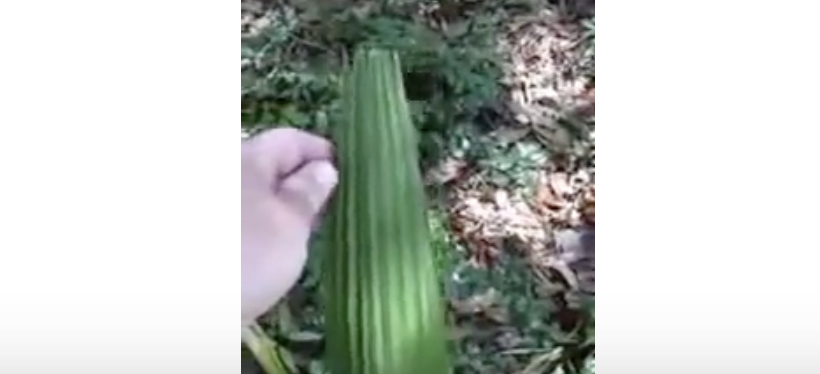
There is no clear reason as to why this particular plant is swaying. Nothing nearby is showing signs of movement, the surrounding atmosphere is calm, and no wind can be detected. It must be the work of unseen forces. A man’s voice can be heard in the background proclaiming the freakishness of the situation. He appears to find humor and wonderment in his chance encounter with the flora specimen.
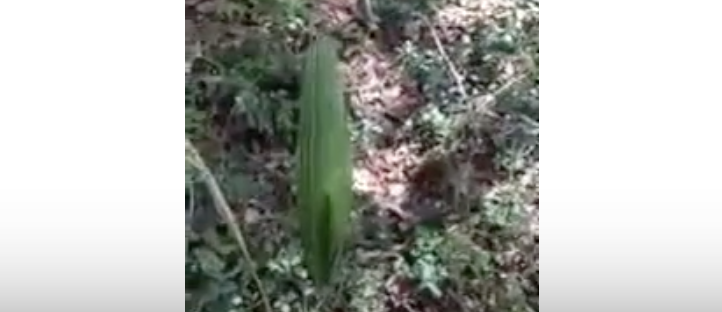
Scientists have examined similar natural events where plants appear to sway on their own. Results were reported in a 2001 American Journal of Botany study titled “Oscillation frequencies of tapered plant stems.” It turns out that extremely weak winds amplify oscillations in the plant, thus making it look as if its moving for no reason.
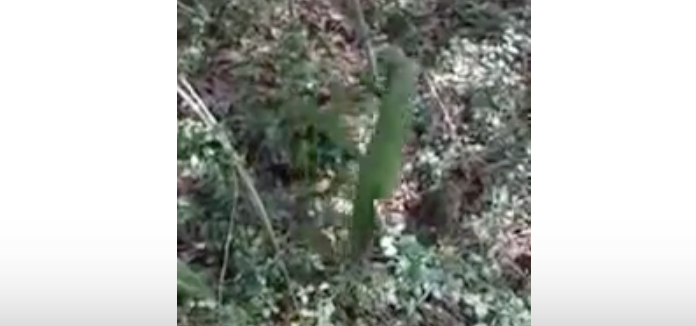
These winds are undetectable by humans yet are enough force to cause the plant to sway to and fro on their long, skinny, tapered stems. Scientists even analyzed the phenomenon with a complex equation that involved a lot of complicated jargon and information. But others have posited that aliens, dark magic or ghosts are truly what is behind it. What do you think? Check out the video, analyze it, and make your own conclusion!
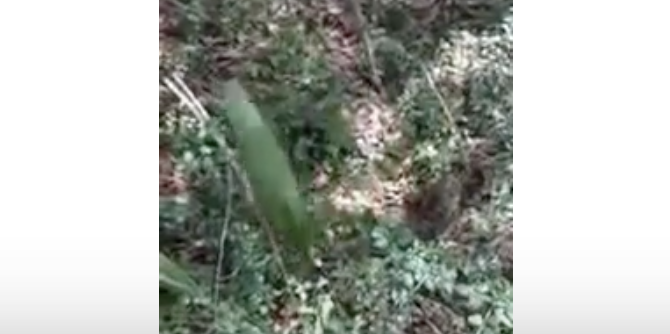
Please SHARE With Family and Friends

